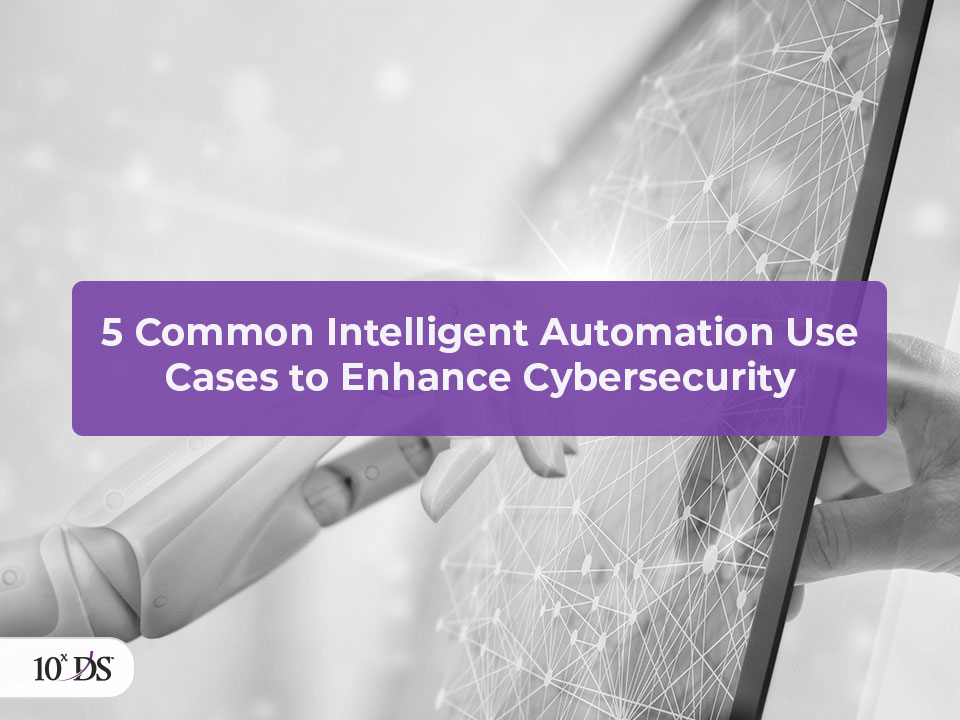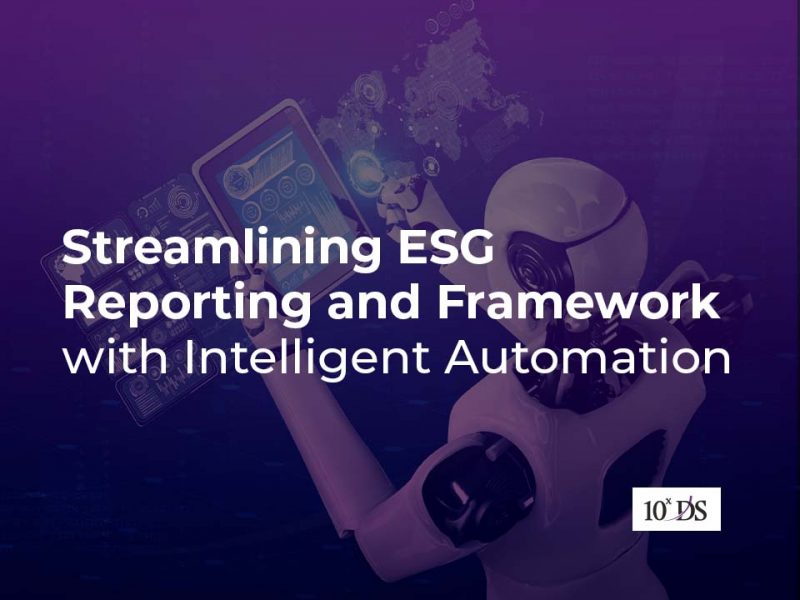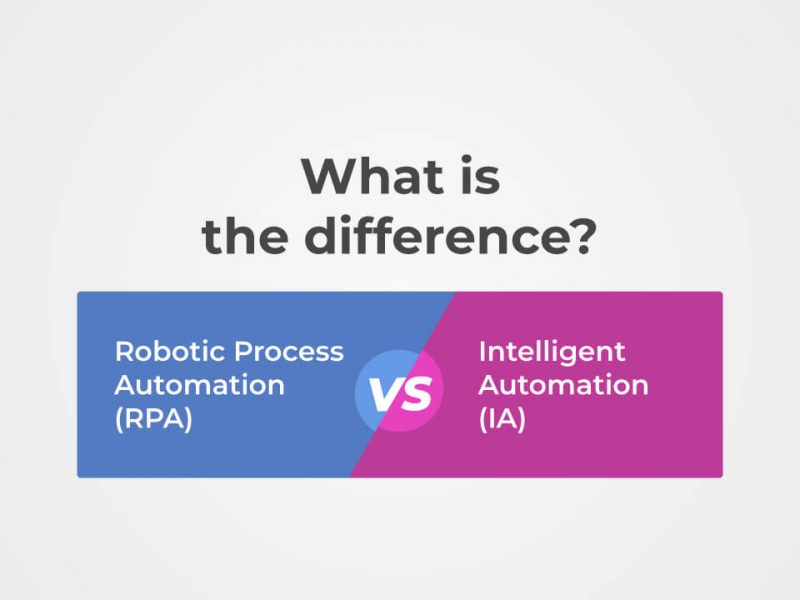
5 Common Intelligent Automation Use Cases to Enhance Cybersecurity
Cybersecurity, a practice of protection of systems, networks and data from malicious attacks, is a critical issue for all businesses.C-level executives around the world rank cybersecurity as the no. 1 challenge they face for the third consecutive year, as more than 85% of companies reported experiencing a breach in the past three years, according to reports by A.T. Kearny, a Management consulting firm based in the US. Moreover, cyber-attacks all over the world suggests that this concern is very true.
Traditional Cybersecurity methods are not enough to combat Cyber threats mainly because:
- Cyber-attacks are exponentially higher than the threat detection intelligence measures
- Response to the humongous number of alerts is impossible
- Delayed investigations leading to devastating data breaches
- Attacks spread faster than implementing protective measures
This is where emerging technologies like Intelligent Automation comes very useful as lifesavers. Intelligent automation plays a major role in filling the gap of personnel shortage for the Cyber skilled roles and connects applications and legacy technologies that do not work well together. Cyber security automation is gaining momentum as a way to bridge these gaps and companies can reap the below benefits:
- Increased compliance to data protection
- Increased threat intelligence
- Reduce average time to detect threats
- Effectively remediate vulnerabilities
- Consistent Root Cause Analysis of the vulnerabilities
Let’s review how some of the Cyber security aspects embedded with intelligent automation helps us to create a cyber secure environment.
1. Access Management
Access management is a tedious task in organizations with disparate systems and process of access management work in silos. Robots as application administrator would be able to grant and revoke access to application when an employee joins or resigns. This would help in avoiding unauthorized access into applications with sensitive data. Role based accesses once defined, any additional access requests will need to go through an approval process where Robots could follow up and archive the approval documents for future references.
2. Vulnerability scanning
Periodic vulnerability scanning produces an enormous number of logs but due diligence is required in patching the vulnerabilities. The Log report needs to be checked for false positives and remove if included. The report is then categorized based on devices, vulnerabilities and criticality and further distributed to various owners. RPA programs could make this time consuming yet extremely critical task automated. Once configured properly, the robots can also check on the remediation status and can resort to escalate to higher levels if not completed in a timely manner.
3. Patch management
Patching is the process of repairing system vulnerabilities which are discovered during the scanning process. It is extremely critical to have well-defined patch management process to ensure proper preventive measures against potential threats. Automation of patch management using RPA makes it more efficient and effective. Validating and prioritizing patches, initiating, deploying and reporting are automatable using RPA. Patch testing may require manual intervention but can be expedited with RPA help.
4. Incident Analysis
For a global organization, when major incidents occur, a huge volume of users are impacted unexpectedly across the globe. Based on the type of incident, it can create a major loss in the organization’s revenue and affect the client service. Exploratory analysis to identify the cause, impact, geographies, applications etc. would help organizations to quickly get onto fixing the incidents. Predictive modelling helps to predict the probability of major incident occurrence in advance and inform support teams to take timely action via automated means like an alert email.
5. Monitoring
Constantly monitoring the security measures are mandatory to mitigate the cyber security risks. Audit logs, data encryption, resource- and role-based access control to confidential data, etc. are some examples. The periodicity of the monitoring process can be increased with the help of RPA programs.
Conclusion
Intelligent Automation is the future and it is the perfect time for companies to embrace them for augmenting human intelligence and capabilities. Cyber security practice is very ripe for the application of Intelligent Automation, considering the spate of high profile Cyber attacks and data breaches around the world. Automation and AI are emerging as ideal solutions for streamlining and strengthening lines of defence of Cyber Security.
Want to gain further insights into our use cases and RPA and Intelligent Automation services? Talk to our Experts!


